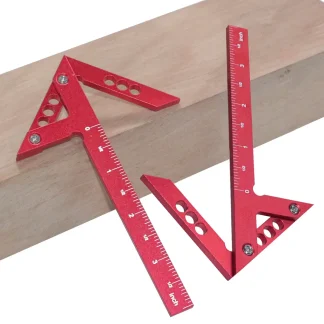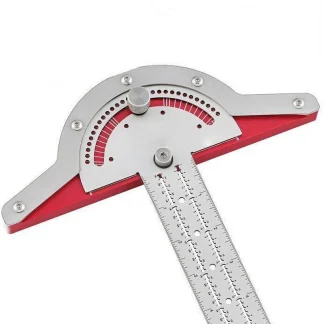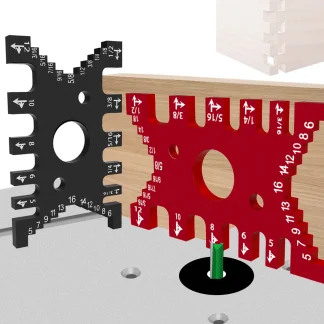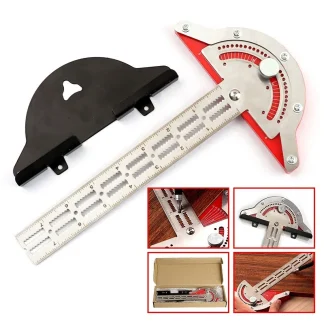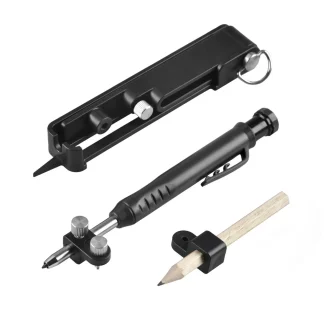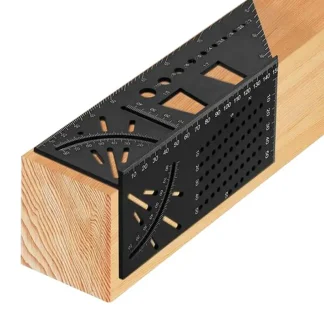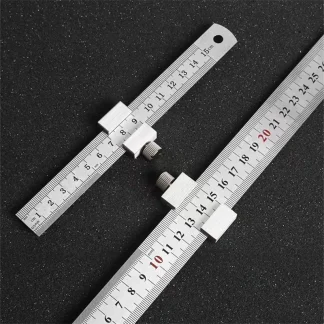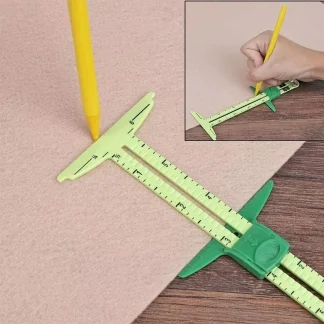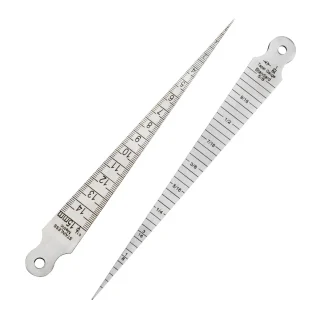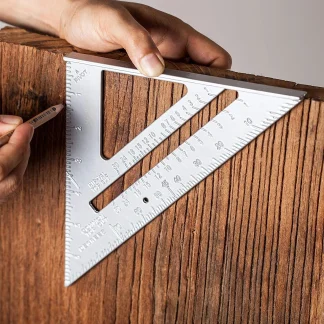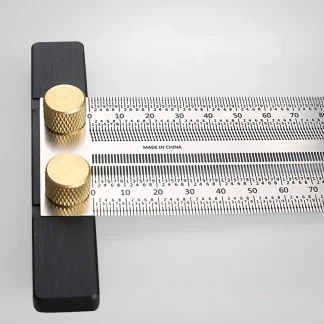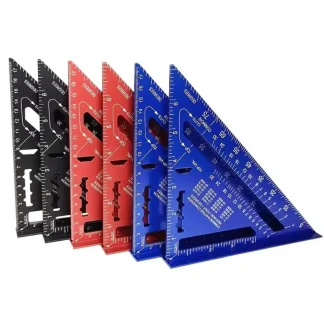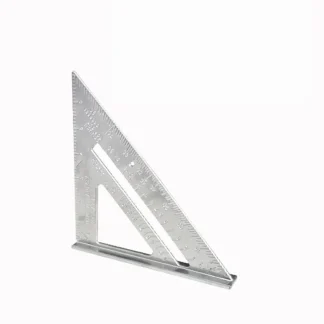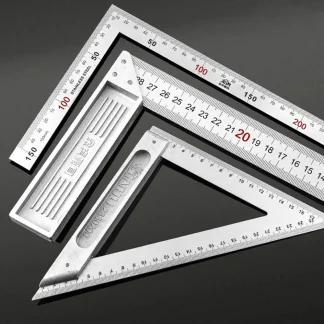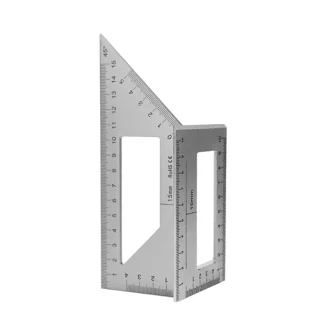The Essential Tool: A Deep Dive into the World of Rulers
Explore the fascinating realm of rulers, where precision meets practicality in an indispensable measuring tool. These options have been integral in various fields, from education to construction, aiding in the accurate representation of dimensions. Whether you're a student, artist, or professional, these items are a must-have accessory that enhances both functionality and creativity in your work.
The Evolution of Rulers: From Ancient Measurements to Modern Tools
These options boast a rich history, originating from early civilizations that sought to standardize measurements for construction, trade, and various scientific pursuits. The earliest forms of these items date back to ancient Egypt and Mesopotamia, where measurements were often based on the human body—like the length of a foot or a cubit, which was the length from the elbow to the fingertips. These primitive tools were essential for laying foundations for buildings and creating maps, establishing their significance in human advancement.
As societies evolved, so did the design and accuracy of rulers. By the Renaissance period, advancements in technology and the understanding of geometry led to more precise measuring instruments. This era saw the introduction of standardized measurements, allowing for more uniform practices across different regions. These products emerged from these developments, crafted with precise calibrations that are essential for today's technical and artistic applications.
In contemporary times, these products have transformed to accommodate the needs of various professions. With the advent of new materials and technologies, today's item come in multiple styles, including folding, retractable, and digital options, each tailored to enhance usability while maintaining a focus on accuracy.
The Cultural Significance of Rulers
Rulers hold cultural significance, symbolizing order, accuracy, and the pursuit of knowledge. Across cultures, these pieces has been regarded not just as a measuring tool, but as a representation of discipline and precision. In many educational settings, these items are seen as essential learning aids, helping students grasp mathematical concepts and develop spatial awareness.
In artistic circles, these products symbolize the importance of accuracy in design and creativity. Artists and designers utilize items to create precise lines and measurements, ensuring that their works are executed flawlessly. These item's role in these contexts reflects a broader appreciation for craftsmanship and the intricate balance between creativity and precision.
Additionally, rulers are often featured in various cultural artifacts and art forms, illustrating their historical importance and relevance in human expression. From ancient manuscripts to modern educational tools, these pieces have become synonymous with knowledge, measurement, and design, highlighting their enduring appeal across generations.
The Design and Features of Rulers
These products are known for their simple yet effective design, typically featuring a straight edge with marked measurements along one or both sides. The most common items are marked in both metric and imperial units, catering to a wide audience and various industries. These features ensure that users can select the measurement system that best suits their needs.
The classic wooden ruler, often associated with schools, emphasizes durability and simplicity. However, these products may feature advanced characteristics such as flexible designs, built-in levels, or even digital displays that provide enhanced measurement capabilities. These innovations cater to contemporary needs, ensuring that these pieces remain practical tools while evolving to meet users' demands.
Innovations in Ruler Design
Recent innovations in these items design have introduced new possibilities for enhancing functionality and user experience. Advances include ergonomic designs that improve grip and usability, as well as integrated technologies that offer digital measurement capabilities. These features cater to professionals seeking greater precision in their work, allowing for quick and accurate readings without the hassle of traditional measuring methods.
Customization has also become popular, with many manufacturers offering personalized rulers that reflect individual styles or branding. This trend ensures that these pieces can be both functional and aesthetically pleasing, allowing users to express their personalities through their tools.
Sustainability is a growing focus in these items production, with many companies incorporating eco-friendly materials and practices. This reflects broader trends in responsible manufacturing, providing environmentally conscious options that do not compromise on performance or design.
The Future of Rulers
The future of rulers is poised to embrace ongoing innovation, personalization, and sustainability. Designers are exploring new materials and technologies to enhance the functionality and aesthetic appeal of these items, ensuring they continue to meet the evolving needs of users in various fields.
Customization will remain a key trend, with advancements in design allowing for greater individual expression. As users increasingly seek unique and exclusive tools that complement their work and styles, these products will become more than just measuring instruments—they will serve as personal expressions of creativity and precision.
As design and technology progress, rulers will incorporate new features while maintaining their core functions. The emphasis on accuracy, practicality, and personal expression will ensure that these items remain valued tools for measuring, creating, and designing.
Choosing the Perfect Ruler
Selecting these products involve considering factors such as size, measurement units, and specific needs. For students, a basic 12-inch item may suffice for general measurements, while professionals in fields like architecture or engineering may require more specialized tools with advanced features for precise work.
The design and aesthetics of the ruler should also complement your personal style and the nature of your work. Whether you prefer a classic wooden item or a modern digital option, these products can enhance your measuring experience and contribute to the overall success of your projects.
Confidence in your choice will enhance your productivity and creativity, ensuring that these pieces serves as both a functional tool and a stylish accessory. Embrace the precision and practicality of these items and discover how they can elevate your work, adding a touch of professionalism and care.
Conclusion: The Timeless Utility of Rulers
Rulers embody the perfect blend of simplicity and functionality, offering essential solutions for measuring and creating. Their evolution from basic measuring tools to sophisticated instruments highlights their enduring appeal and relevance in a variety of fields.
By understanding their history, design features, and future trends, you can appreciate these items as more than just simple tools—they are symbols of accuracy, craftsmanship, and personal expression. Explore the world of these pieces and find the perfect measuring instrument that reflects both style and practicality.
Whether for personal use or as a thoughtful gift, a well-designed product offers unparalleled functionality and style, ensuring that your measuring tasks are completed with ease and precision. Embrace the timeless allure of these pieces and make them a cherished part of your creative and professional journey.
